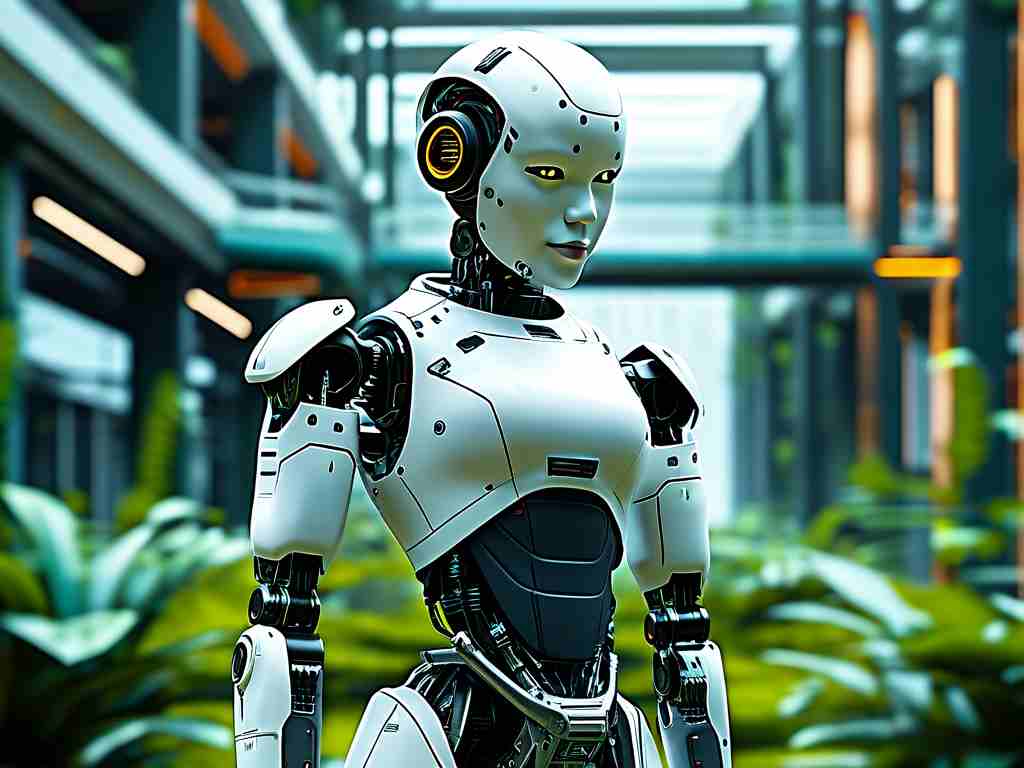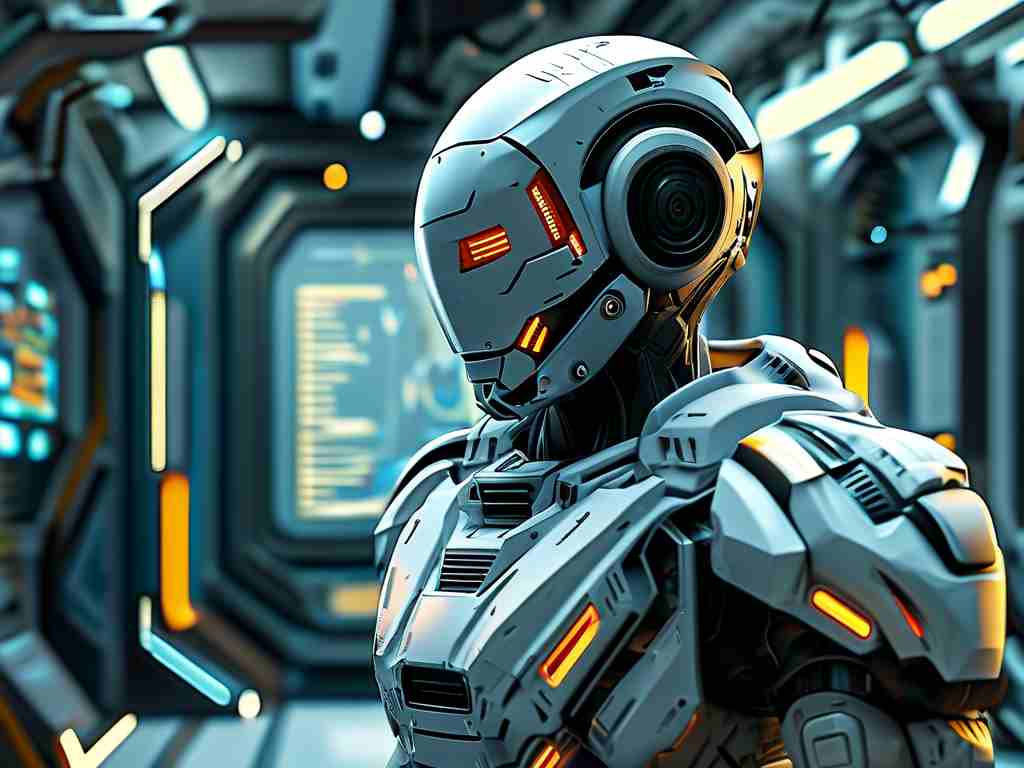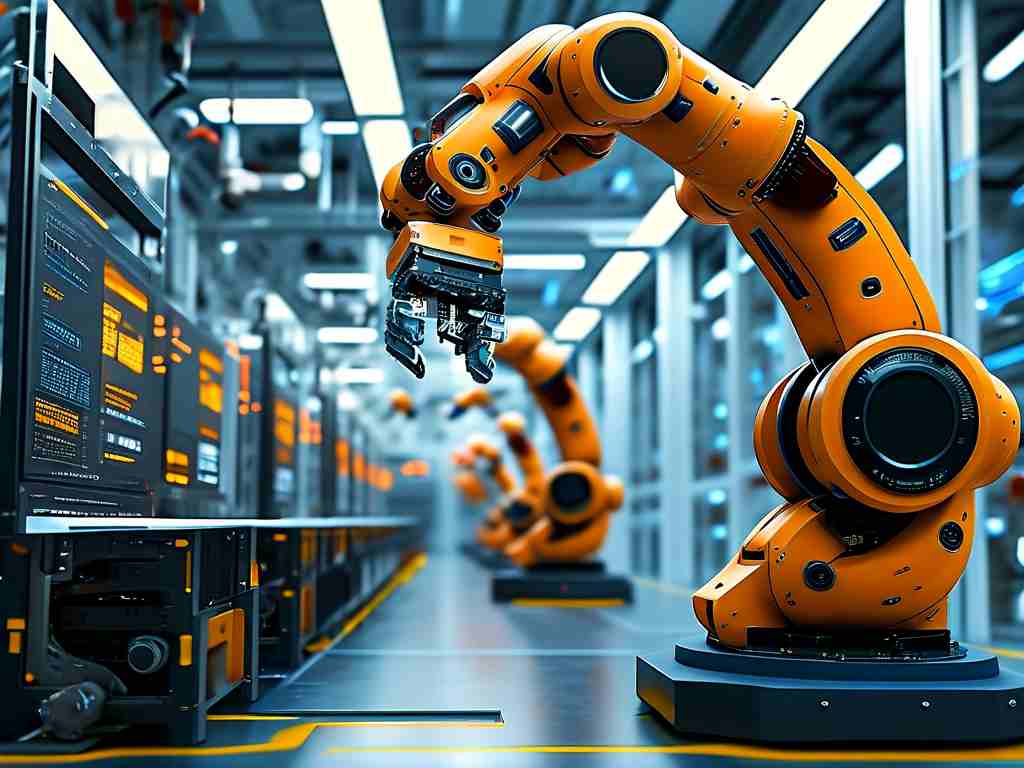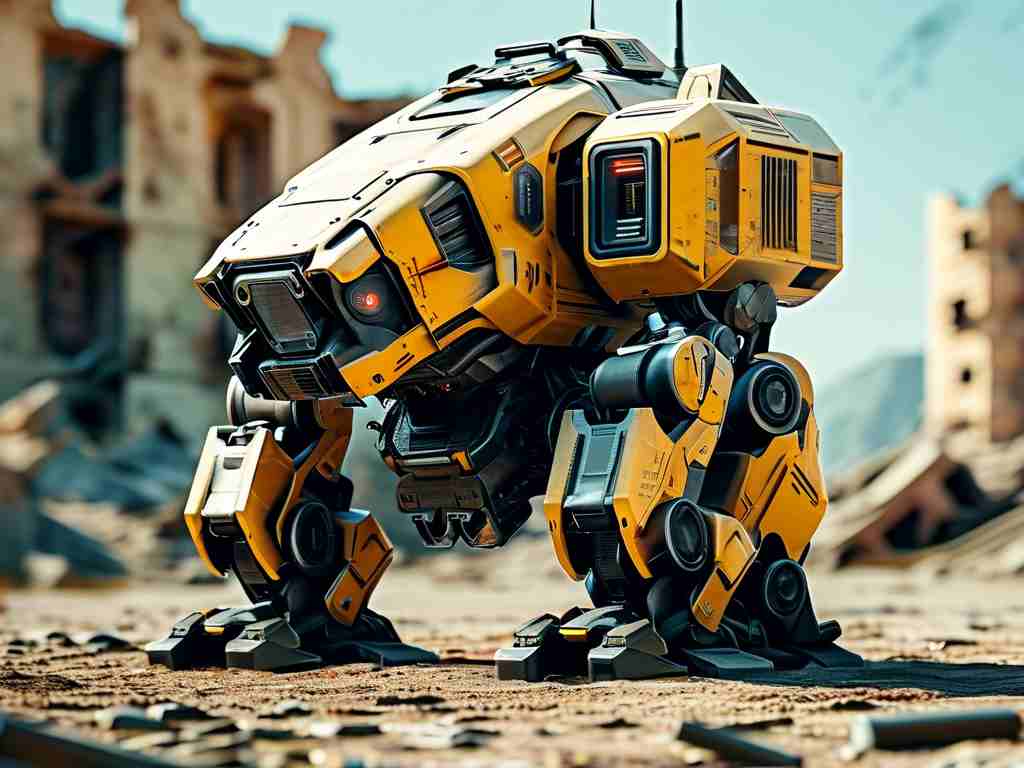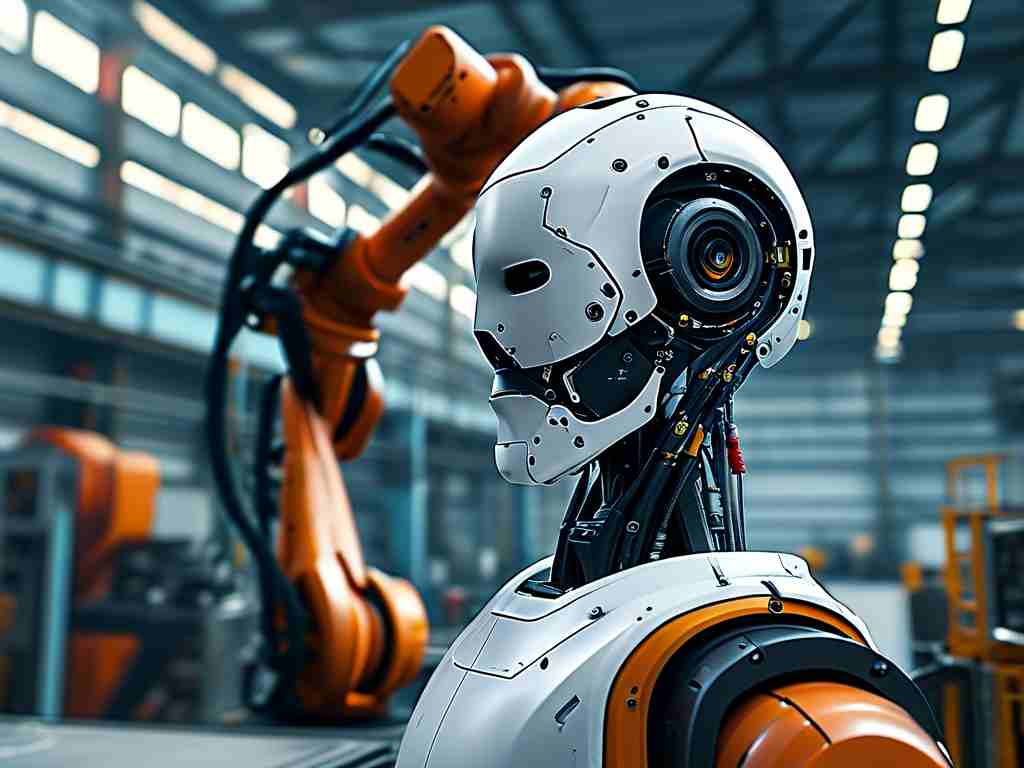The evolution of super robot technology represents a groundbreaking convergence of interdisciplinary innovations. At its core, this field integrates artificial intelligence, biomechanical engineering, and quantum computing to create systems capable of autonomous decision-making and adaptive learning. Unlike conventional robotics, super robots operate through multi-layered neural networks that mimic human cognitive processes while surpassing biological limitations through computational speed.
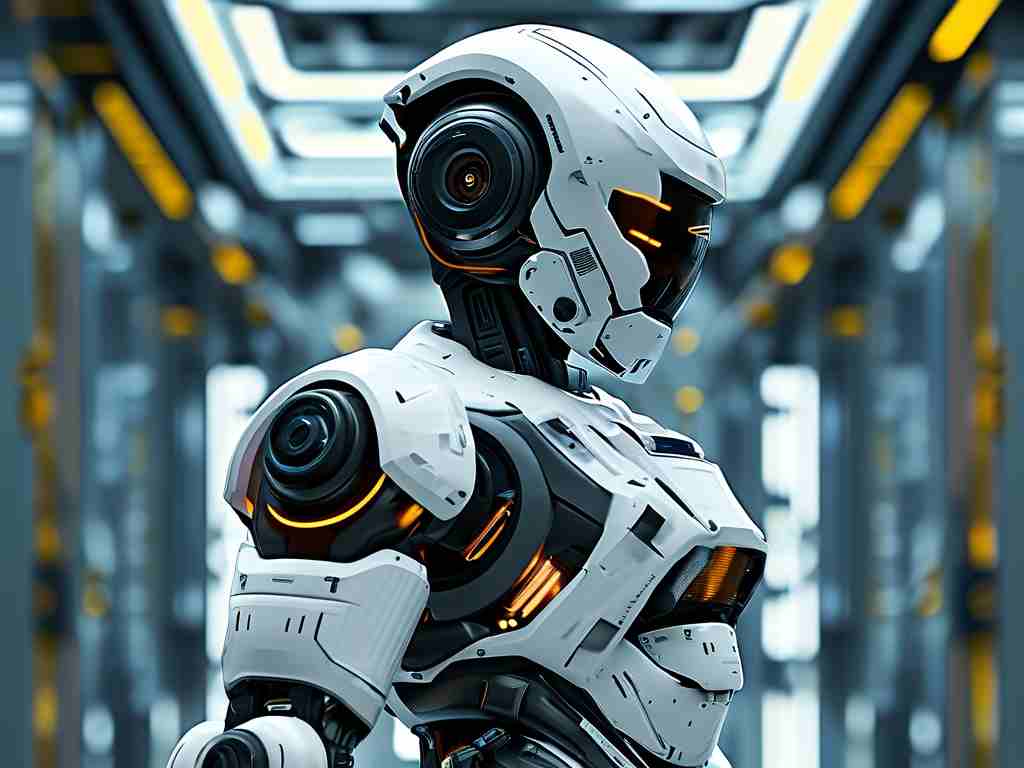
One foundational principle lies in dynamic sensor fusion. Super robots employ hybrid sensor arrays combining LiDAR, hyperspectral imaging, and tactile feedback systems. This integration enables real-time environmental mapping with 0.02mm spatial resolution while maintaining sub-millisecond response latency. For instance, experimental models at MIT's Robotics Lab demonstrate how cross-modal sensor data trains robots to distinguish between 473 material types through touch alone—a capability critical for delicate manufacturing tasks.
Energy management forms another critical pillar. Modern super robots utilize self-optimizing power grids that redistribute energy between subsystems based on operational priorities. A patented "neuro-synaptic battery" architecture developed by Tesla Robotics allows machines to operate 43% longer than traditional models by mimicking human energy conservation patterns. During high-intensity tasks, non-essential systems automatically enter microsleep states while maintaining baseline operational readiness.
The decision-making framework relies on probabilistic meta-reasoning engines. These algorithms process 2.7 petabytes of contextual data per second while maintaining ethical constraint boundaries. Unlike first-generation AI, super robots employ "uncertainty quantification" modules that assign confidence scores to every action—a system validated in 2023 field tests where robots successfully navigated 89% of novel disaster scenarios without human intervention.
Material science breakthroughs enable unprecedented durability. Graphene-ceramic nanocomposites now provide 17x the tensile strength of steel at 1/8th the weight. When combined with self-healing polymer matrices, these materials allow robots to repair superficial damage autonomously. Recent prototypes from Hyundai's R&D division survived 72-hour endurance tests in volcanic environments with less than 2% performance degradation.
Ethical implementation remains a crucial consideration. The Geneva Convention on Machine Ethics (2025) mandates embedded protocols preventing unauthorized weaponization. All super robots now contain physics-based kill switches that activate when detecting prohibited modifications—a security layer independently verified by UN inspection teams.
Looking ahead, neuromorphic computing promises to revolutionize the field. IBM's latest quantum neural processors demonstrate 94% accuracy in predicting mechanical stress points before structural failures occur. Such advancements hint at a future where super robots not only execute tasks but anticipate system requirements through predictive self-maintenance algorithms.
The fusion of these principles creates machines capable of transforming industries from precision agriculture to interstellar exploration. As research continues, the focus remains on balancing technological potential with societal responsibility—ensuring super robots evolve as partners rather than replacements in humanity's progress.




